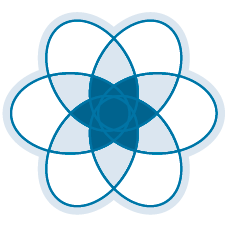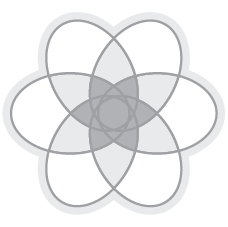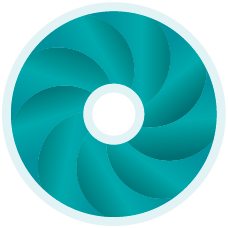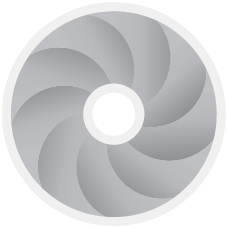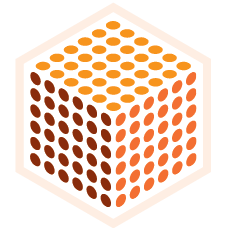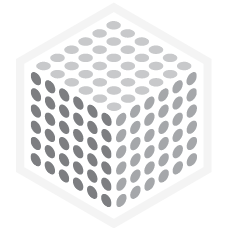Introduction
The Joint Commission of the Swiss Medical Schools (SMIFK/CIMS) decided in 2000 to establish a Swiss Catalogue of Learning Objectives for Undergraduate Medical Training (SCLO), which was based on a similar Dutch blueprint. A second version of the SCLO was developed and launched in 2008. The catalogue includes a common set of learning objectives that the students of all faculties should reach by the end of their master curriculum. Moreover, the document, according to the Federal Act on the University Medical Professions (MedBG/LPMéd) defines the contents of the Federal Licensing Examination (FLE); it is also a prerequisite for the accreditation of the curricula of the Swiss faculties of medicine.
Given the evolution of the field of medicine and of medical education, the SMIFK/CIMS has decided to embark on a total revision of the SCLO. The working group in charge of
this work comprised experts from all Swiss medical faculties and of other institutions involved in undergraduate medical education, as well as representatives of students and postgraduate medical education.
The new document encompasses the common medical situations that a physician should be able to handle on the first day of his residency. It outlines a generic profile of the physician and describes the Principal Relevant Objectives and a Framework for Integrative Learning and Education in Switzerland. Thus, PROFILES provides a generic description of competence-driven learning objectives that cover the field of medicine without focusing on specific disciplines. This means that although basic medical sciences and medical disciplines are not explicitly mentioned, their knowledge must be acquired to meet the objectives given in Profiles. This approach strives to promote the intellectual autonomy of students and fosters a holistic vision of the practice of medicine. It also stresses the characteristics of a good doctor, such as communication skills, professionalism, capacity for interprofessional collaboration as well as the ability to adopt a reflective view of the progress of medical science.
Based on the deliberations of the Joint Commission of the Swiss Medical Schools, the Profiles document builds on the scientific foundations of medicine and acknowledges that scientific teaching and training is an integral part of undergraduate medical education. As such, it also establishes an important basis for postgraduate and lifelong learning, for scientific progress and for evidence-based medicine.
The working group has been greatly stimulated by the different versions of the Dutch Framework for Undergraduate Medical Education in the Netherlands (http://www.nfu.nl/img/pdf/09.4072_Brochure_Raamplan_artsopleiding_-_Framework_for_Undergraduate_2009.pdf) and gratefully acknowledges the support of Professor Olle Ten Cate (University of Utrecht), initiator of the concept of Entrustable Professional Activities. The first chapter of general objectives has been adapted with permission from the 2015 CanMEDS document. CanMEDS 2015 is a publication of the Royal College of Physicians and Surgeons of Canada (http://canmeds.royalcollege.ca/en/framework). The second chapter on Entrustable Professional Activities is based with permission on a series of training objectives built by the American Association of Medical Colleges (https://www.aamc.org/initiatives/coreepas/). The members of the Working Group express their gratitude to the above mentioned institutions and to the many colleagues who have made comments and suggestions over the three years of work on Profiles.
As illustrated by the graphic below, all the objectives and situations apply to any age group (baby, child, adolescent, young and middle-aged adults, old and very old persons), to any set of circumstances (prevention, acute, rehabilitation, chronic and palliative care) and to any type of setting (ambulatory, hospital, long-term and comunity). Also, the general objectives of Chapter 1, the entrustable professional activities (EPAs) described in Chapter 2 and the situations listed in Chapter 3 as starting points are closely interconnected. To achieve the expected level of expertise, the student must master the corresponding discipline-related knowledge and skills, and must also adopt the attitude appropriate to the circumstances.
Profiles displays three interdependent chapters of equal importance :
| A first chapter listing a series of learning objectives related to the different roles of doctors, inspired by the CanMEDs Roles used worldwide | |
| A second chapter presenting a set of entrustable professional activities (EPAs) reflecting the main medical tasks that a physician must be able to perform autonomously on the first day of his residency | |
| A third chapter listing around 265 common clinical situations that a doctor is expected to deal with after passing the Swiss Federal Licensing Examination |
